Xuelei Shi
Non-imaging real-time detection and tracking of fast-moving objects using a single-pixel detector
Sep 10, 2021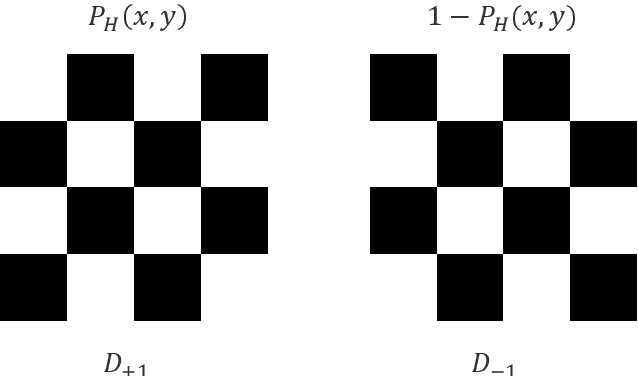
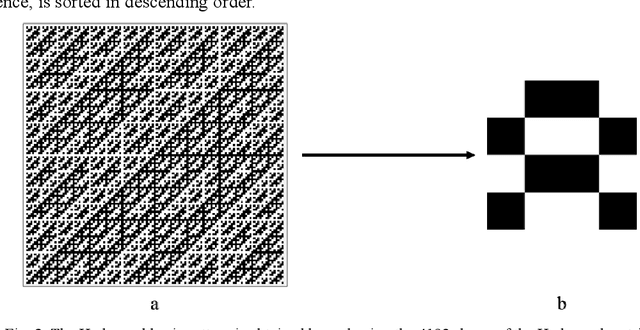
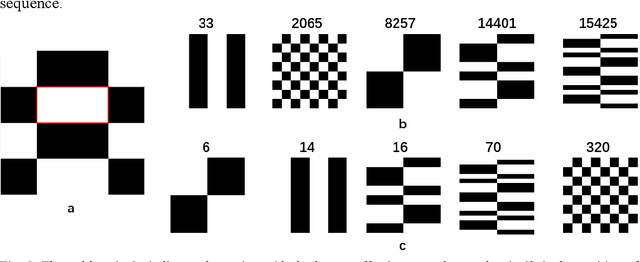
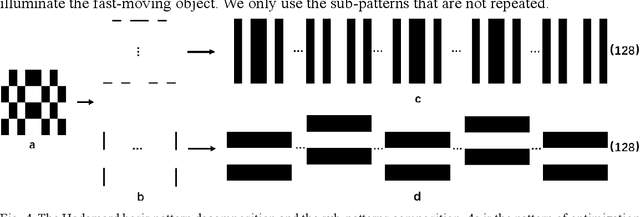
Abstract:Detection and tracking of fast-moving objects have widespread utility in many fields. However, fulfilling this demand for fast and efficient detecting and tracking using image-based techniques is problematic, owing to the complex calculations and limited data processing capabilities. To tackle this problem, we propose an image-free method to achieve real-time detection and tracking of fast-moving objects. It employs the Hadamard pattern to illuminate the fast-moving object by a spatial light modulator, in which the resulting light signal is collected by a single-pixel detector. The single-pixel measurement values are directly used to reconstruct the position information without image reconstruction. Furthermore, a new sampling method is used to optimize the pattern projection way for achieving an ultra-low sampling rate. Compared with the state-of-the-art methods, our approach is not only capable of handling real-time detection and tracking, but also it has a small amount of calculation and high efficiency. We experimentally demonstrate that the proposed method, using a 22kHz digital micro-mirror device, can implement a 105fps frame rate at a 1.28% sampling rate when tracks. Our method breaks through the traditional tracking ways, which can implement the object real-time tracking without image reconstruction.
PHI-MVS: Plane Hypothesis Inference Multi-view Stereo for Large-Scale Scene Reconstruction
Apr 13, 2021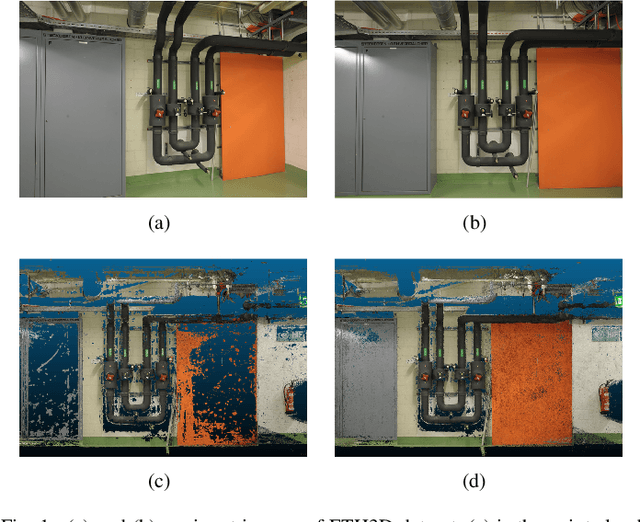

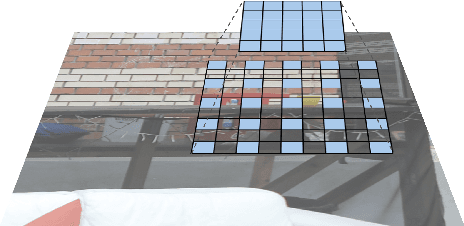

Abstract:PatchMatch based Multi-view Stereo (MVS) algorithms have achieved great success in large-scale scene reconstruction tasks. However, reconstruction of texture-less planes often fails as similarity measurement methods may become ineffective on these regions. Thus, a new plane hypothesis inference strategy is proposed to handle the above issue. The procedure consists of two steps: First, multiple plane hypotheses are generated using filtered initial depth maps on regions that are not successfully recovered; Second, depth hypotheses are selected using Markov Random Field (MRF). The strategy can significantly improve the completeness of reconstruction results with only acceptable computing time increasing. Besides, a new acceleration scheme similar to dilated convolution can speed up the depth map estimating process with only a slight influence on the reconstruction. We integrated the above ideas into a new MVS pipeline, Plane Hypothesis Inference Multi-view Stereo (PHI-MVS). The result of PHI-MVS is validated on ETH3D public benchmarks, and it demonstrates competing performance against the state-of-the-art.
 Add to Chrome
Add to Chrome Add to Firefox
Add to Firefox Add to Edge
Add to Edge